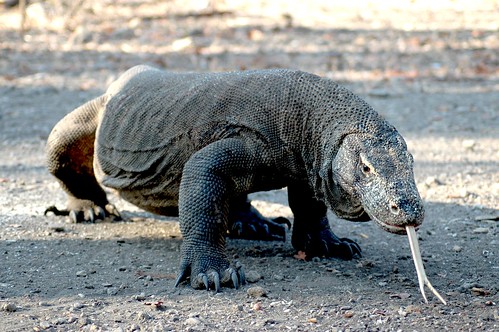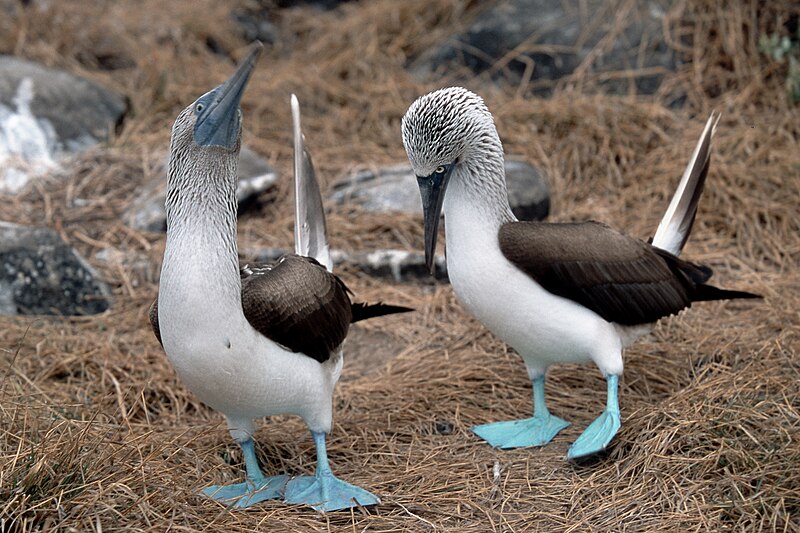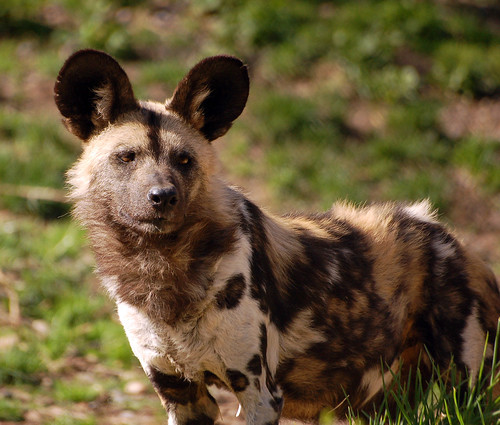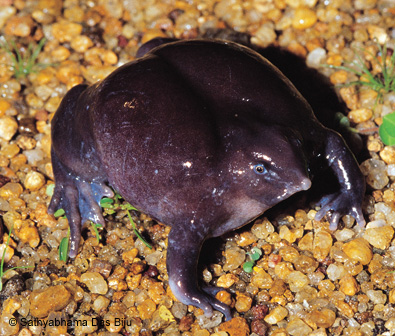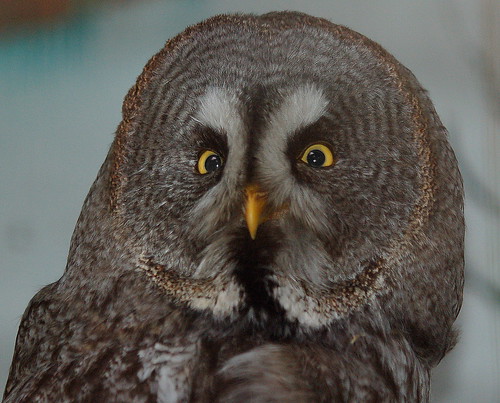
You may know that greyhound dogs are the fastest breed of dog reaching speeds up to 45 mph, but did you know that greyhound dogs are also considered couch potatoes? That's right, while greyhound dogs are known for their speed, they're not known for their endurance and are quite happy to get in a few runs a week and take it easy in between. Source: Greyhounds
Why Greyhound Dogs Need Our Help
Thousands of greyhound dogs are killed every year when they are no longer able to race. Even when they are racing many are not treated well spending most of their time in small kennels and muzzled.
Help Save Greyhound Dogs
- Adopt a greyhound ASAP, a race track closing in Wisconsin Dec 31, 2009, is resulting in 900 greyhounds that need to be adopted or they will be euthanized. After this date, you can adopt a greyhound through this link.
- Sign the petition Save the Greyhounds in Spain
- Volunteer with greyhounds in the U.K., in Atlantic Canada, in the United States
- Donate a bag of dog food to Recycled Racers
- Join Stop the Greyhound Slaughter cause on Facebook
- Become a grant writer for Save the Greyhound Dogs
- Become a member of Save the Greyhound Dogs
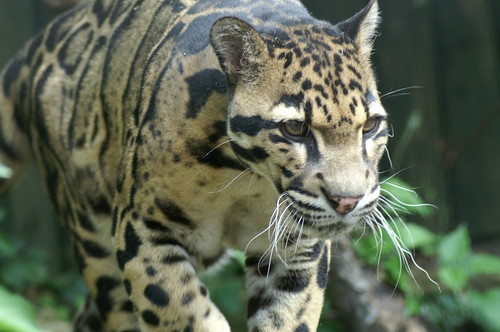
 Red pandas definitely have the cute factor and upping their cute factor even more is that they use their long fluffy tails as wraparound blankets, since they're solitary and don't have a mate to cuddle up with - ahhhh.
Red pandas definitely have the cute factor and upping their cute factor even more is that they use their long fluffy tails as wraparound blankets, since they're solitary and don't have a mate to cuddle up with - ahhhh.
